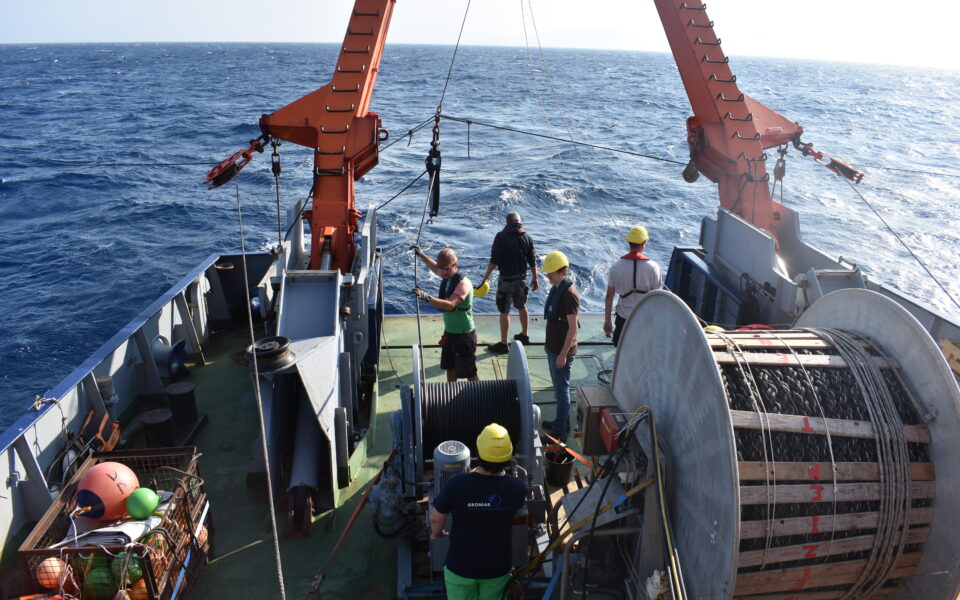Study refutes prior beliefs about ancient eruption

Researchers have utilized state-of-the-art geophysical and geological techniques to conduct a comprehensive survey of the Minoan eruption that ravaged the Aegean island of Santorini around 1600 BCE. The study recently published in Nature Communications refutes previous estimates that suggested the eruption involved an enormous 86 cubic kilometers of erupted magma, instead revealing a significantly smaller magnitude of 26-41 cubic kilometers.
To ascertain the scale of the eruption, researchers employed diverse methods from various research expeditions. They examined sediment cores to identify ash deposits and determine their volume. By employing computed tomography, they gauged the density of the sediment cores, allowing them to estimate the actual volume of magma. Seismic data played a crucial role in identifying and characterizing pyroclastic flows and material within the caldera. Through a synthesis of these findings, the scientists gained valuable insights into the extent of the Minoan eruption.
“There should be no concern regarding the Santorini volcano,” said Paraskevi (Evi) Nomikou, a marine geologist from the University of Athens who participated in the study. “According to our analysis, similar events, like the one that occurred 3,600 years ago, can repeat every 20,000-30,000 years.”





